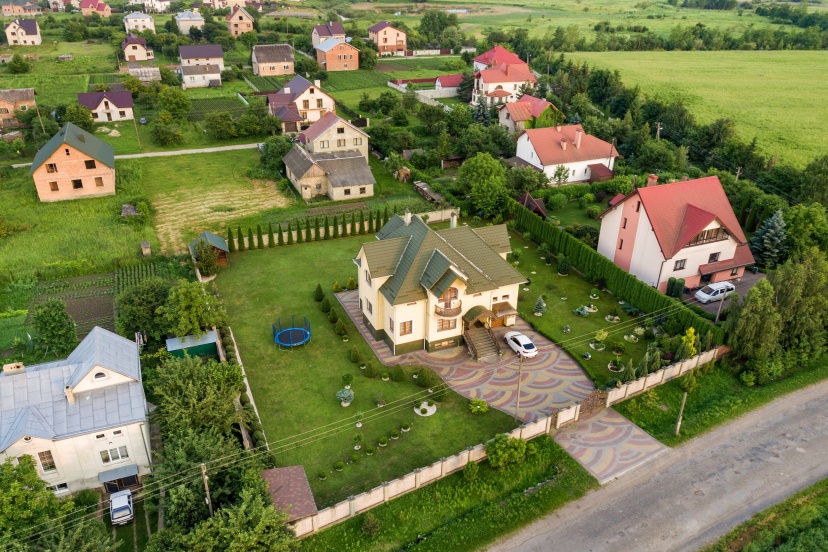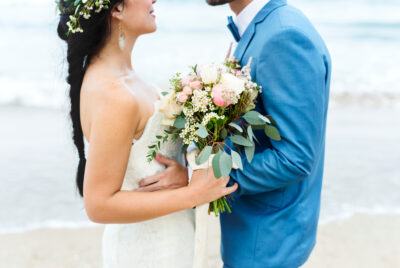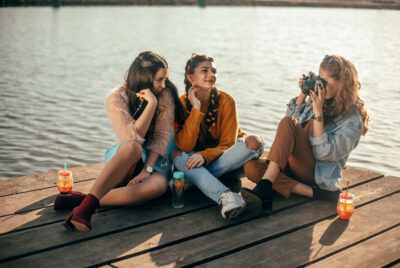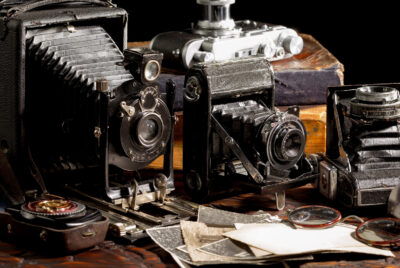Real Estate Drone Photography: Capturing Properties from New Heights
As an enthusiast and advisor of real estate photography, I am thrilled by the possibilities that drone technology brings to property marketing. In this article, I will explore the use and risks of real estate drone photography, providing helpful suggestions and explaining the reasons behind my recommendations.
1. Introduction
In the ever-evolving world of real estate marketing, staying ahead of the competition is crucial. Real estate drone photography has emerged as a game-changer, offering captivating aerial visuals that showcase properties from a unique perspective. However, it’s essential to understand the intricacies and potential risks involved in using drones for real estate photography.
2. Understanding Real Estate Drone Photography
2.1 What is real estate drone photography?
Real estate drone photography involves capturing aerial images and videos of properties using unmanned aerial vehicles (UAVs) commonly known as drones. These drones are equipped with high-resolution cameras and can capture stunning visuals of properties from various angles and heights.
2.2 Popularity and benefits of using drones in real estate
The use of drones in real estate photography has gained immense popularity due to its ability to provide breathtaking aerial views of properties. Drones offer a unique perspective that traditional photography methods cannot match. They allow potential buyers to visualize the property’s surroundings, including nearby amenities, landscape, and proximity to key landmarks.
3. Exploring the Risks of Real Estate Drone Photography
3.1 Safety concerns
Safety is of paramount importance when it comes to real estate drone photography. Drones operate in airspace shared by other aircraft, and their improper use can lead to accidents. It’s crucial to follow safety guidelines, maintain distance from people and property, and operate drones responsibly.
3.2 Privacy considerations
Real estate drone photography raises privacy concerns, as drones can capture images and videos of neighboring properties and individuals without their consent. Respecting privacy and obtaining necessary permissions before conducting drone flights is essential to avoid legal issues and respect the privacy of others.
3.3 Legal regulations
Drone operations are subject to specific regulations imposed by aviation authorities. These regulations vary from one country to another and may include requirements for drone registration, pilot certification, flight restrictions, and insurance. Familiarizing yourself with and adhering to these regulations is crucial to ensure lawful and responsible drone photography.
4. The Impact of Drone Photography on Property Marketing
4.1 Enhanced property visuals
Real estate drone photography provides a captivating way to showcase properties. Aerial shots offer a comprehensive view of the property’s layout, architecture, landscaping, and surrounding areas. These visuals can significantly enhance the overall presentation of a property, capturing the attention of potential buyers and setting it apart from competing listings.
4.2 Increased buyer engagement
With the growing demand for immersive and interactive property experiences, real estate drone photography can significantly increase buyer engagement. Aerial shots allow viewers to explore the property virtually, providing a sense of scale, orientation, and the overall appeal of the location. This engagement can lead to a higher level of interest and potentially expedite the sales process.
5. Tips for Safe and Effective Drone Photography
To ensure safe and effective real estate drone photography, consider the following tips:
5.1 Hire a licensed and experienced drone operator
Engage a licensed and experienced drone operator who understands the regulations, safety protocols, and best practices associated with real estate photography. Their expertise will ensure professional and high-quality aerial shots.
5.2 Obtain necessary permissions and permits
Before conducting drone flights, obtain any required permissions or permits from local authorities or property owners. Adhering to legal requirements will protect you from potential legal complications and demonstrate professionalism in your operations.
5.3 Conduct thorough pre-flight inspections
Before each flight, conduct a comprehensive inspection of the drone and its components. Check the battery levels, ensure proper calibration, and verify that all systems are functioning correctly. This pre-flight routine helps identify and mitigate potential issues that could affect the flight or safety.
5.4 Follow safety protocols during flights
During flights, prioritize safety by maintaining a safe distance from people, animals, and structures. Be aware of your surroundings, monitor weather conditions, and avoid flying in restricted areas or during adverse weather conditions. These precautions minimize the risk of accidents and property damage.
5.5 Respect privacy and confidentiality
Respect privacy rights and confidentiality. Obtain consent when capturing images or videos that include neighboring properties or individuals. Be mindful of the information you disclose in your marketing materials to maintain confidentiality and protect the interests of your clients.
6. Conclusion
Real estate drone photography has revolutionized the way properties are marketed, providing stunning aerial visuals that captivate potential buyers. By understanding the risks involved, following safety guidelines, and respecting privacy, you can harness the power of drone technology to elevate your real estate photography and engage buyers in a unique and immersive way.
7. Drone photography guide
Read our comprehensive drone photography guide CLICK HERE
FAQs
1. Are there any legal restrictions on using drones for real estate photography?
Yes, using drones for real estate photography is subject to legal regulations. These regulations vary by country and may include licensing requirements, flight restrictions, and privacy considerations. It’s important to familiarize yourself with the specific regulations in your area.
2. Can I fly a drone in any weather condition for real estate photography?
No, it’s crucial to consider weather conditions when flying drones for real estate photography. Adverse weather such as strong winds, rain, or low visibility can affect the safety and stability of the drone. It’s recommended to fly in calm weather with good visibility for optimal results.
3. Do I need special insurance for real estate drone photography?
Yes, it’s advisable to have insurance coverage specifically designed for drone operations. This insurance can protect you against potential accidents, property damage, and liability claims. Consult with an insurance provider experienced in drone coverage to ensure you have the appropriate protection.
4. Can I edit and enhance drone-captured photos for real estate marketing purposes?
Yes, post-processing and editing drone-captured photos are common practices in real estate photography. Editing techniques can enhance the visual appeal of the property, improve colors and clarity, and highlight its unique features. However, it’s important to maintain a realistic representation of the property to avoid misleading potential buyers.
5. How can I effectively market real estate properties using drone photography?
To effectively market properties using drone photography, consider incorporating the aerial shots in online listings, social media platforms, and virtual tours. Highlight the unique perspectives and features captured by the drone to attract and engage potential buyers. Additionally, ensure the rest of your marketing materials complement the aerial visuals to provide a comprehensive representation of the property.
Further reading
Check out our other relevant articles:




